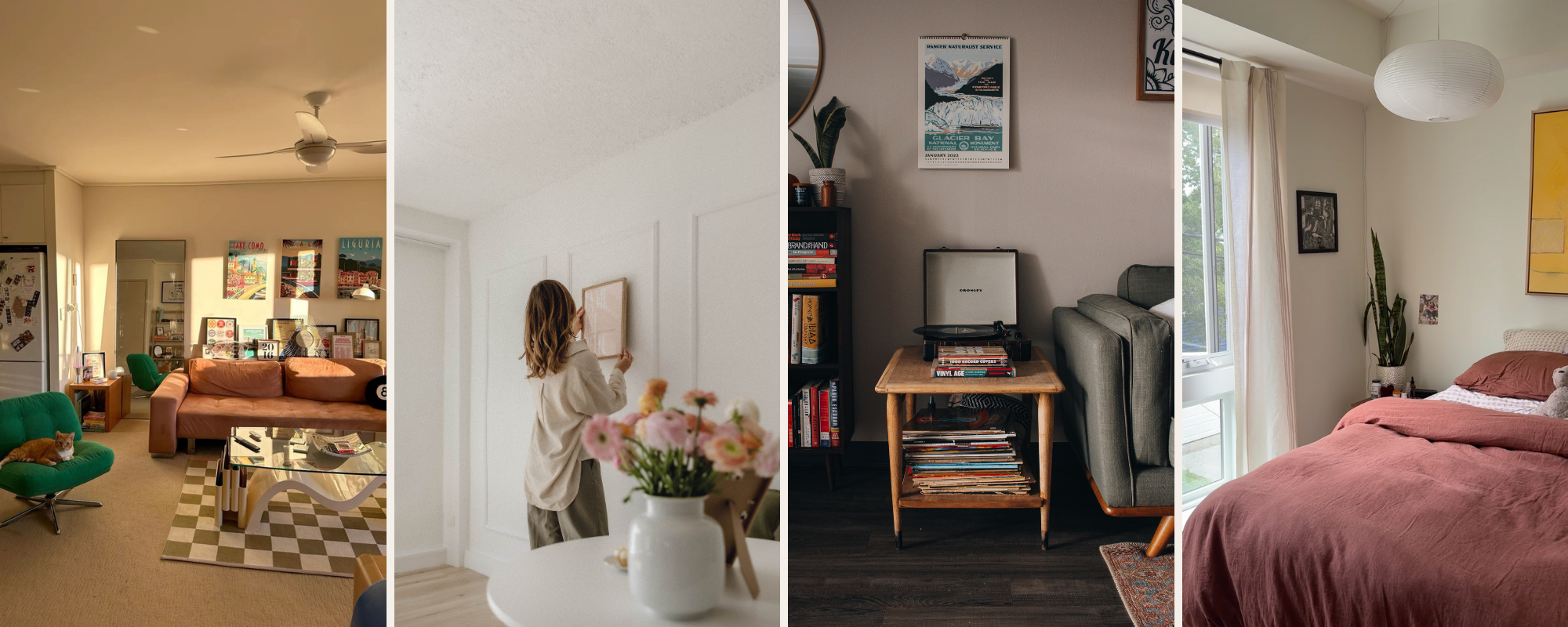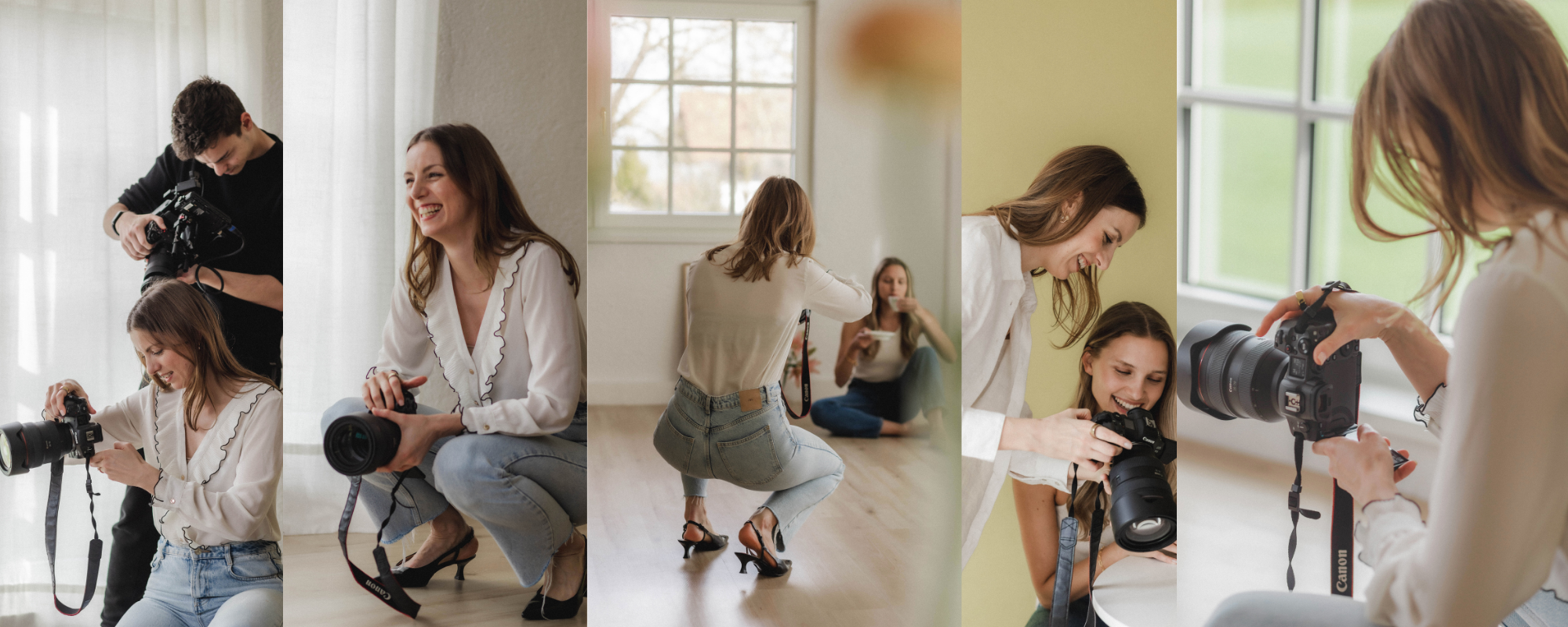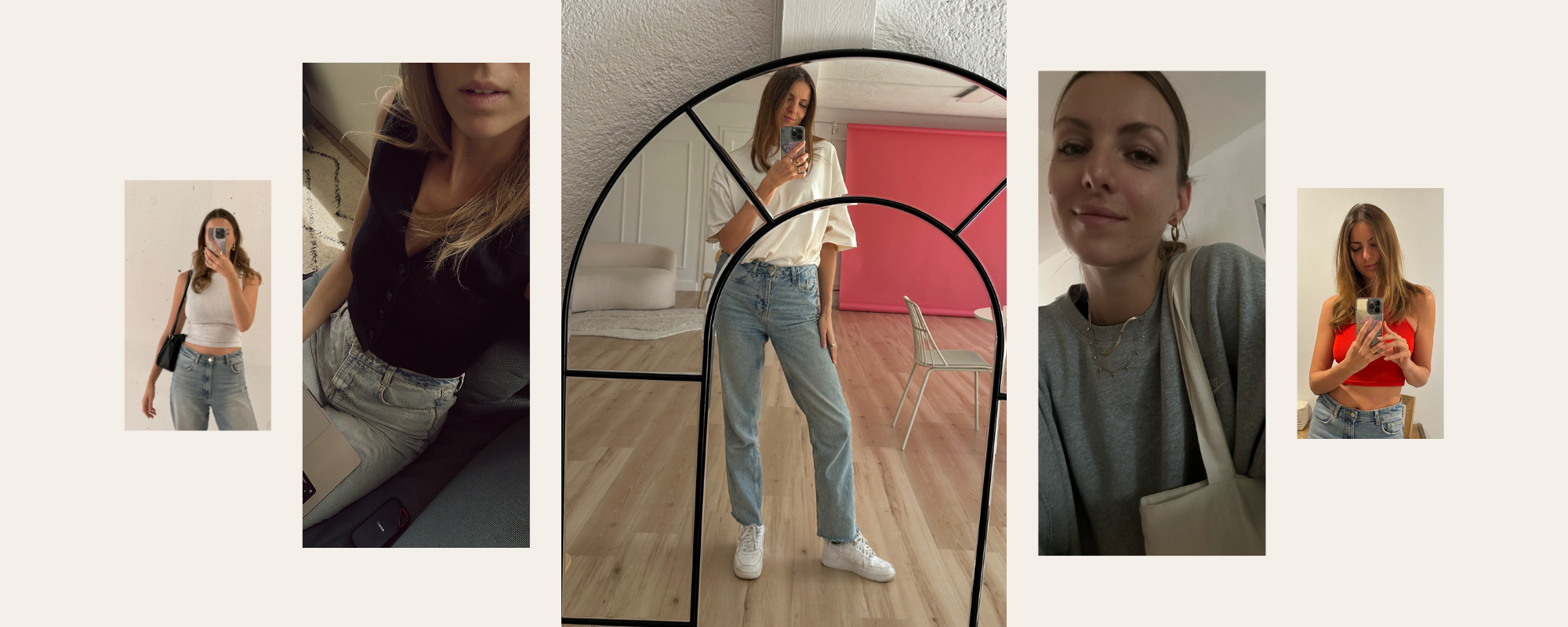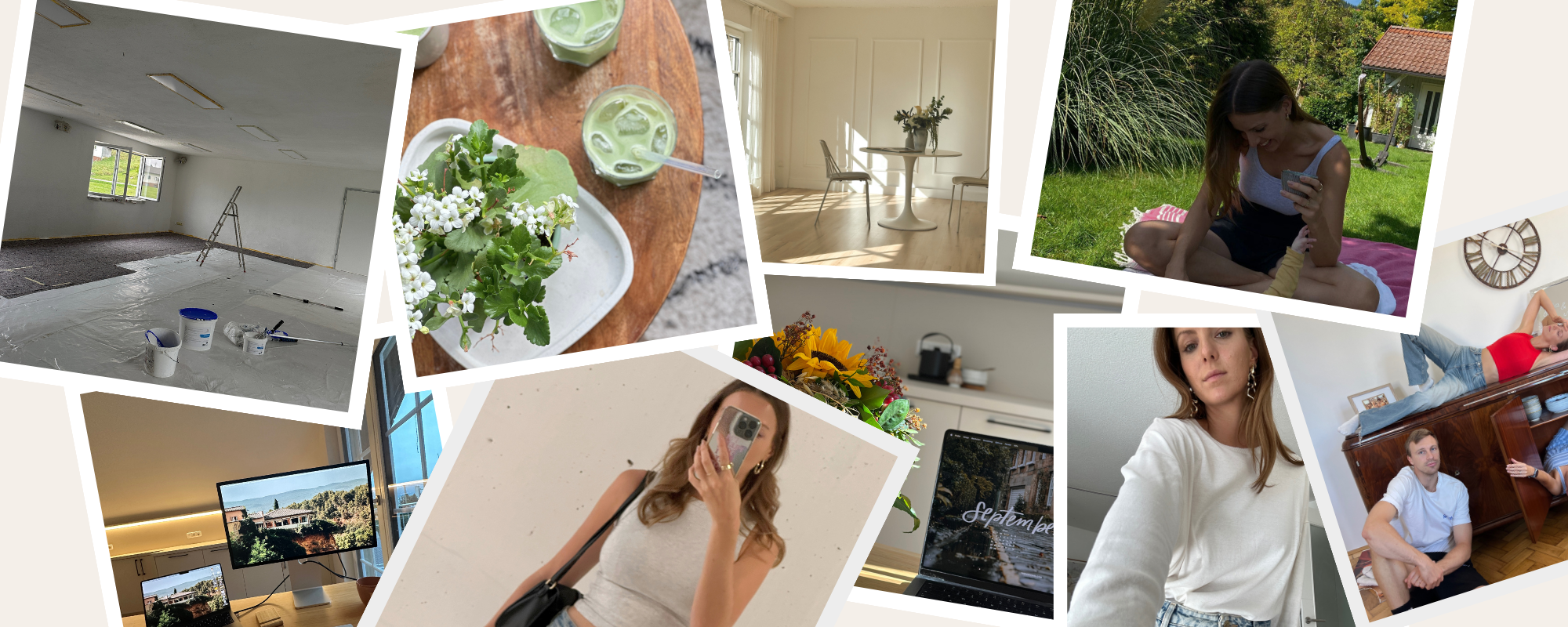with love, Bettina
If you read my latest article about Pinterest boards and Instagram homes, you might remember how obsessed I was with those dreamy interiors – scrolling endlessly, pinning, saving, and imagining that this could be my real life, too. And in a way, it still can. These spaces exist, and for inspiration, I love consuming content from talented creators.
But over the years, I’ve learned a key lesson: just because a home is beautiful online doesn’t mean it’s achievable, or even practical, for your life. My own journey of finding and designing apartments was almost entirely guided by Instagram influencers. I would scroll for hours, collect ideas, and try to imagine how their aesthetics could fit into my own life. I wasn’t just looking at architecture magazines (although those are helpful, too), I was following creators whose style spoke to me most.
One influencer I’ve always admired is Nisi, a German content creator who lives in Berlin with her husband and dog. Her apartment is the perfect combination of high ceilings, historic character, and thoughtful interior design, the kind of space I dreamed of for years. It wasn’t just the apartment itself, but also how she curated every detail inside. I followed her for inspiration, and I still do, but I’ve learned to separate admiration from imitation.
Inspiration vs. Reality
Here’s the tricky part: what you see online is never the full picture. Influencers often remove personal items from the frame, stage the lighting, and sometimes showcase pieces they didn’t even pay for. Many furniture links are affiliate links, meaning they earn a commission when someone buys the same item. That doesn’t make their content bad (far from it) but it does mean that these homes are a mixture of genuine style, curation, and marketing.
And functionality? Comfort? Cost? Lifestyle? You have no real idea. Is this home lived in by a couple with a dog, a single person, or a family of five? How do they actually use the space every day? Those details dramatically affect whether a particular style works for you.
For me, this became especially clear with my previous apartment. It was a beautiful rental with a large layout and an amazing view, but the kitchen was cheap and the floors were orangey and shiny, far from the light, natural textures I admired on Pinterest. I couldn’t change the floors, and I couldn’t renovate the kitchen. For a while, I obsessed over what wasn’t working. I compared every corner of my home to influencer spaces, and I felt frustrated and disheartened.
Eventually, I realised I had to stop fighting the apartment itself. Instead of trying to force it to match the Pinterest aesthetic I loved, I needed to work with what was already there: the base of the space. That was a turning point.
For the first time, I sought inspiration from content that mirrored my actual circumstances. I looked for homes with similar floors, layouts, and lighting, not just dream apartments that were completely different from mine. Doing this made a huge difference. I realised that the all-beige, high-quality wood aesthetic I adored simply wouldn’t work on my orangey floors. It dulled the furniture and clashed with the room’s natural tones.
The solution? Color. Bold, statement colors could complement the floor rather than compete with it. I added pops of light pink, dark blue, and mustard tones, creating a gallery wall to draw the eye. I chose a white dining table, because it was neutral, flexible, and worked with the color accents. I avoided introducing more wood textures, which would have clashed. And to keep the space homey, I added colorful décor and a single colored sideboard. It completely changed the vibe, making the apartment feel intentional, cozy, and balanced.
The beautiful thing is, this experimentation didn’t just solve my apartment problem. It opened me up to new possibilities in interior design that I carry with me today. Even now, in my new, current apartment, I’m much more comfortable embracing color, mixing textures, and trying things I never would have considered when I was fixated on recreating someone else’s home. I wouldn’t have grown this way if I had only tried to copy my Pinterest or IG dreams. It was the necessity of working with my reality that pushed me to expand my aesthetic boundaries.
A Step-by-Step Approach to Work With Your Home
If you want to make the most of your space without feeling trapped by Instagram perfection, here’s a simple guide:
1. Start with the base. Assess your apartment’s unchangeable elements: floors, ceiling height, layout, … and use them as your starting point. Don’t fight against what is.
2. Determine the atmosphere you want. Cozy? Bright and airy? Vibrant and playful? Write it down. How do you want to feel in your space? Designing around the atmosphere is more impactful than copying Instagram visuals.
3. Curate realistic inspiration. Find homes online that share your apartment’s layout or features. Save ideas that fit your reality. (This doesn’t mean you can’t admire aspirational homes, but your practical inspiration should match your reality.)
4. Experiment with color, textures, and décor. Test bold colors, new furniture arrangements, or statement pieces that complement the base elements. If your home has features that don’t match your dream aesthetic, think creatively. It can elevate the space without major renovations.
5. Evaluate daily. Live in the space, notice what feels good and what doesn’t, and adjust slowly rather than overhauling everything at once.
6. Embrace trial and error. Furniture can be swapped, walls can be painted, décor rearranged. Small changes make a big difference.
7. Separate admiration from imitation. Influencer homes are curated and often aspirational. Use them for inspiration and motivation, but don’t try to replicate every detail.
Pinterest and Instagram can be powerful tools for inspiration, but they’re also a curated highlight reel. Your favourite influencer’s home might be stunning, but it may not be realistic (or even functional) for your life. The key is to admire, not imitate.
Work with what’s given, enhance what’s possible, and let your home reflect your life rather than a feed. Whether it’s bold colours for challenging floors, rearranging furniture to suit your layout, or adding personal touches, the goal is comfort, functionality, and joy.
When I embraced this mindset, my apartment went from a space that frustrated me to one that feels truly like home, even if it’s not Pinterest-perfect. And you can do the same.



